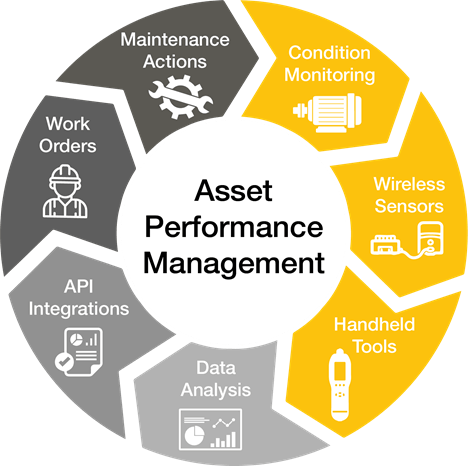The substantial Asset Performance Management Market Value, which is on a clear path to reach USD 10 billion by 2035, is a powerful measure of the economic importance of industrial asset reliability. This valuation, which is projected to grow at a healthy CAGR of 7.82% over the forecast period, represents the total global investment in the advanced software, hardware, and services that underpin modern maintenance strategies. The market's worth is not simply the sum of its sales; it is a reflection of the immense economic value that APM solutions create for their users by preventing catastrophic failures, optimizing operational expenditures, and enabling a more resilient and productive industrial base.
A significant portion of the market's value is derived from the clear and compelling return on investment (ROI) that APM delivers by mitigating risk. For an asset-intensive organization, the failure of a single critical piece of equipment—such as a gas turbine in a power plant, a key compressor in a refinery, or a primary production line in a factory—can result in millions of dollars of lost revenue for every day of unplanned downtime. The cost of a failure can also include significant safety and environmental consequences. By providing the tools to predict and prevent these high-impact events, APM acts as a powerful form of operational insurance. This ability to avoid catastrophic financial and reputational losses is a primary justification for the market's high valuation.
The market's value is also deeply connected to its ability to optimize both capital expenditure (CapEx) and operational expenditure (OpEx). From an OpEx perspective, the shift from time-based preventive maintenance to condition-based predictive maintenance eliminates a vast amount of unnecessary labor and spare parts costs. From a CapEx perspective, APM provides the data-driven insights needed to make smarter decisions about asset replacement. By accurately understanding the remaining useful life of their equipment, companies can safely defer major capital investments, freeing up capital for other strategic initiatives. This dual impact on both OpEx and CapEx makes APM a powerful tool for improving a company's overall financial performance.
Looking forward, the perception of value in the APM market is evolving. The traditional model of a large, upfront software license purchase is giving way to more flexible and outcome-oriented business models. The rise of cloud-based SaaS solutions has shifted the cost from a CapEx to a more manageable OpEx model. An even more advanced trend is the emergence of outcome-based contracts, where a portion of the vendor's payment is tied to the customer achieving specific, measurable key performance indicators (KPIs), such as a guaranteed percentage increase in asset uptime. This tight alignment between the vendor's success and the customer's success represents the future of value creation in the APM market.
Explore Our Latest Trending Reports:
Digital Evidence Management Market

